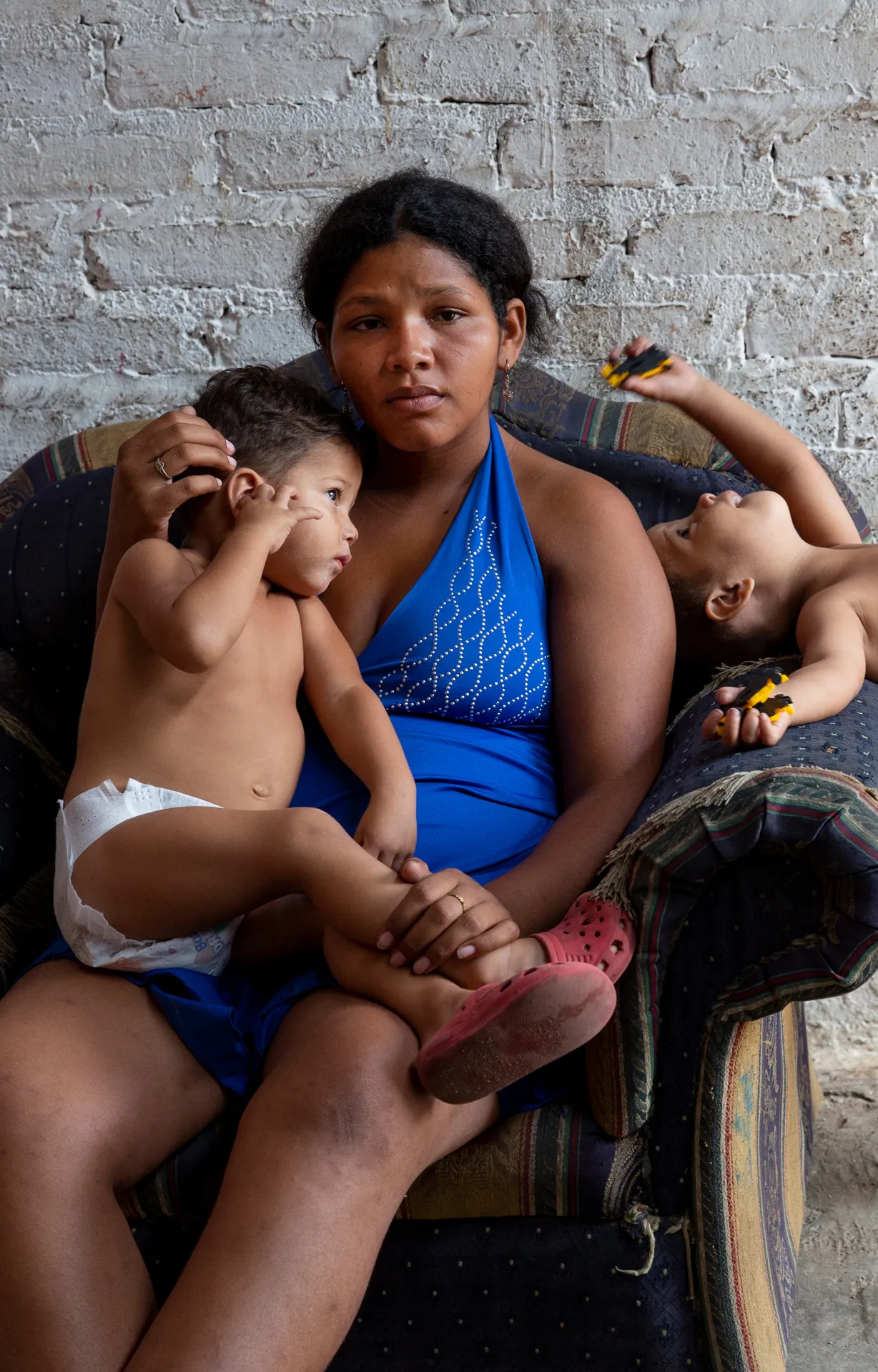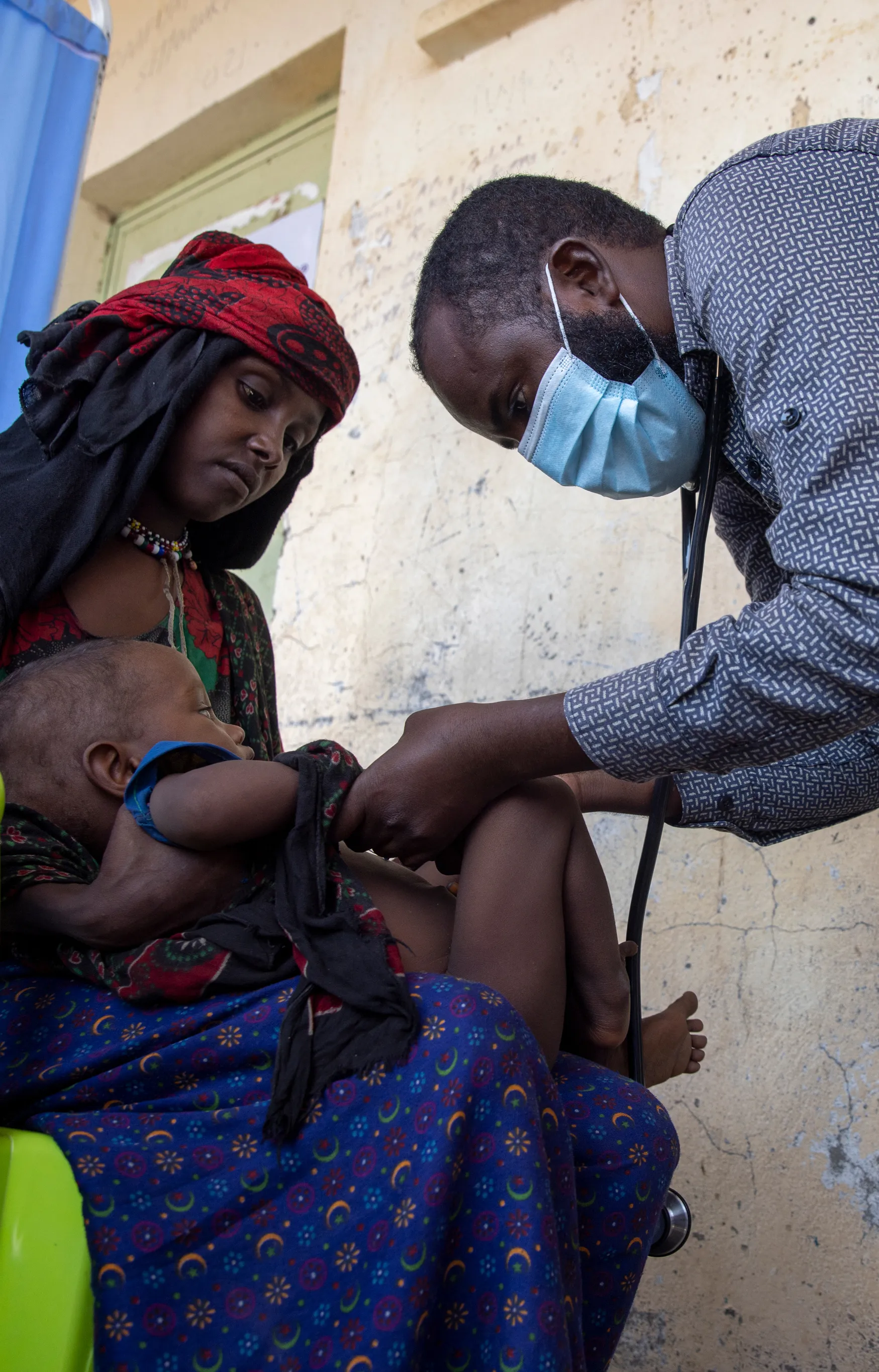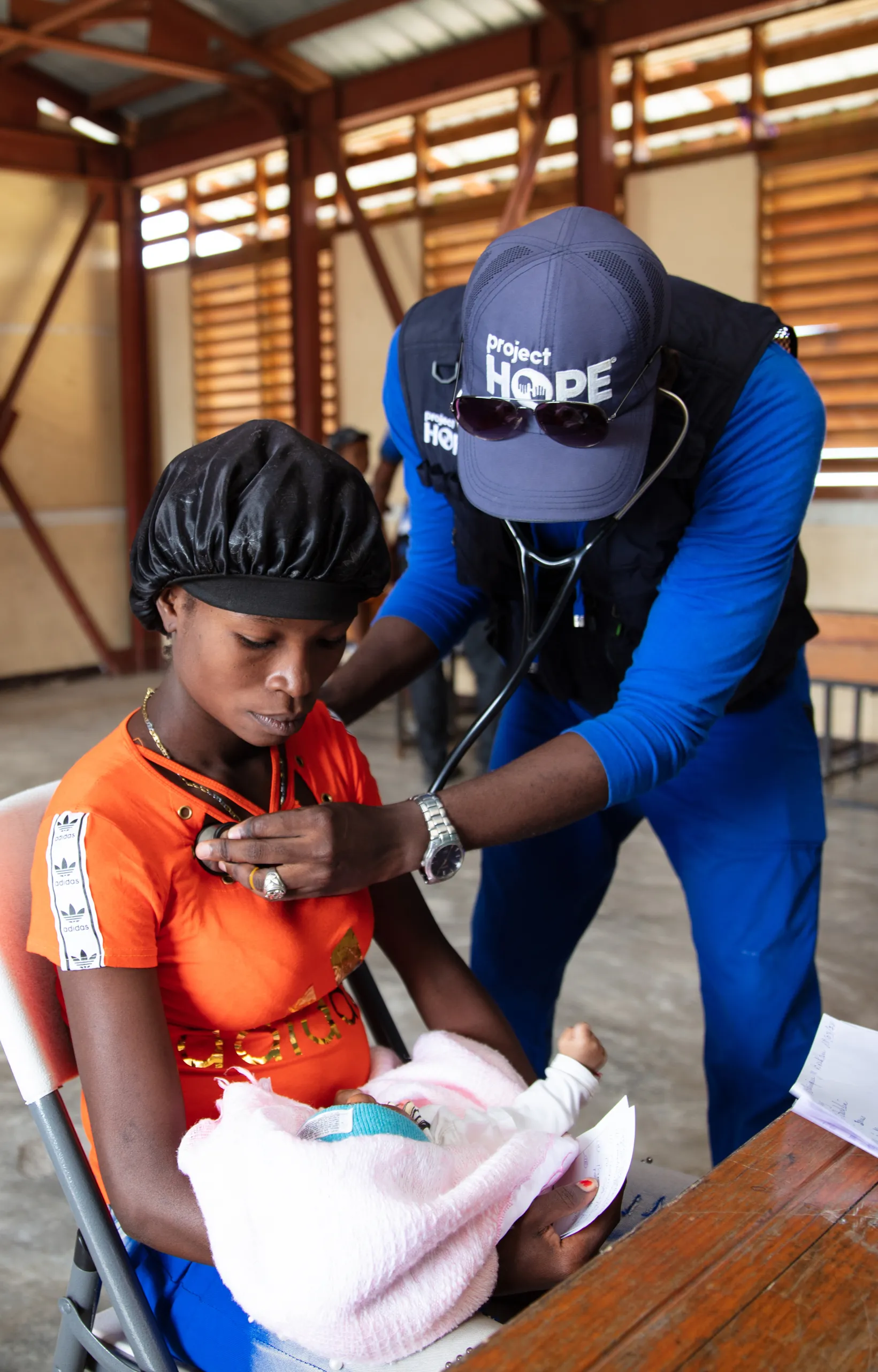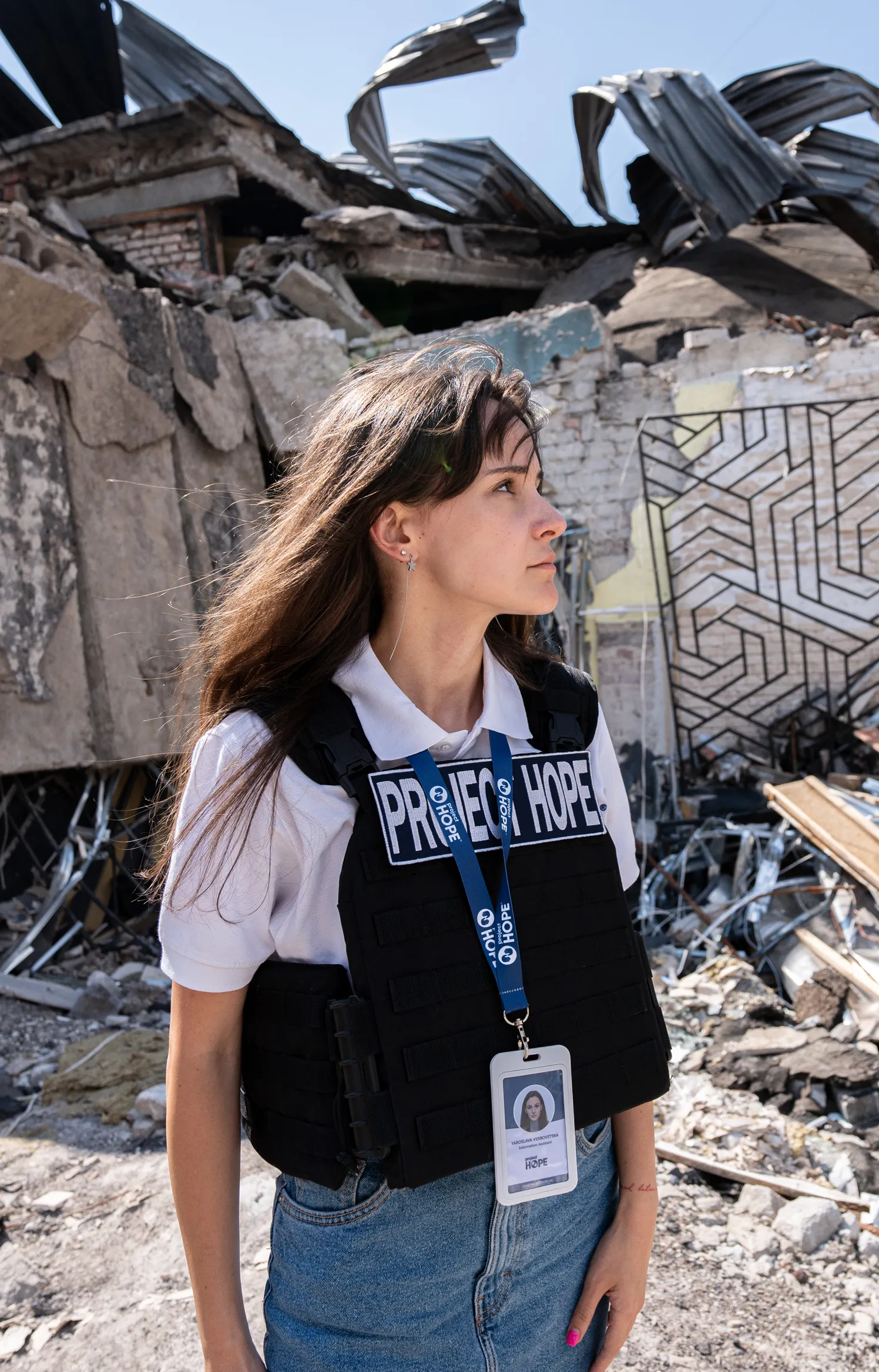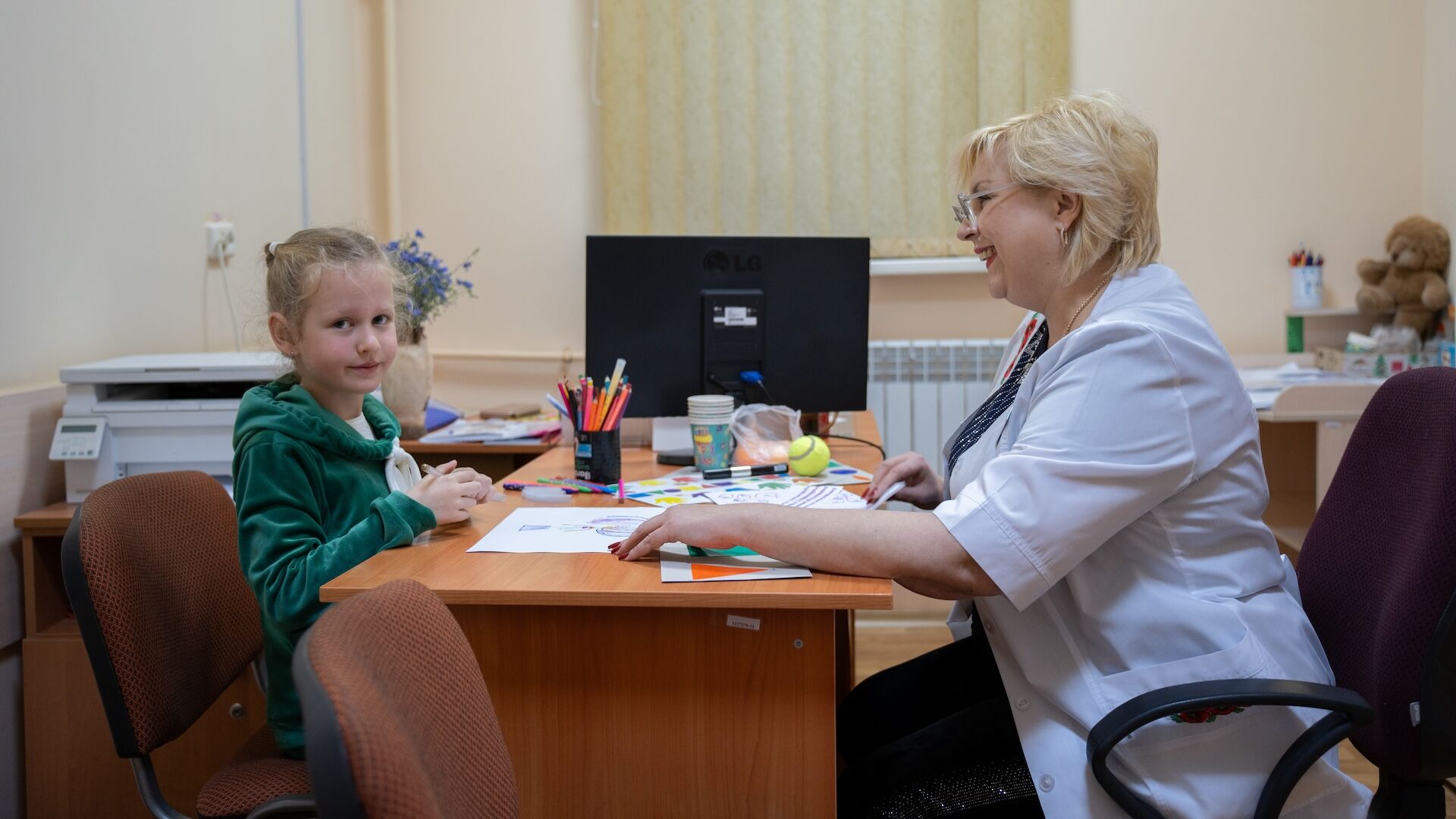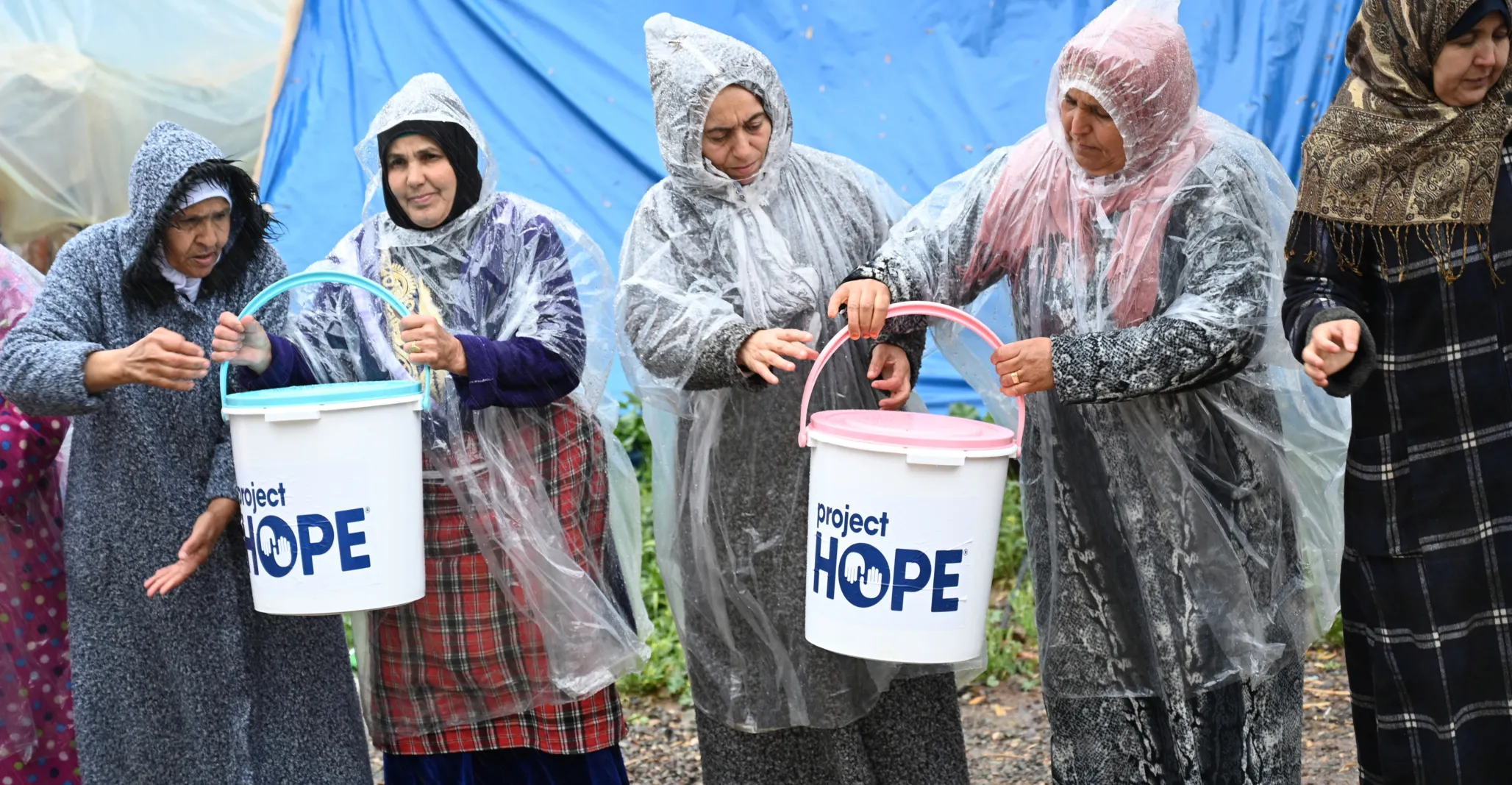

Humanitarian Aid
Responding to humanitarian crises across every region we work in
Our Approach
When disasters, climate emergencies, and armed conflict lead to humanitarian and health crises, Project HOPE mobilizes to rapidly assess community needs and identify gaps in local health systems, partnering with local counterparts to coordinate an effective and efficient response with other humanitarian actors every step of the way.
Whether responding to an acute emergency or a protracted, complex crisis, Project HOPE equips local health workers and displaced communities with humanitarian assistance by:
- Delivering medicines and medical supplies so health workers can save lives
- Providing Mental Health and Psychosocial Support to address trauma
- Protecting the mental health of women, children, and affected communities
- Supplying a Basic Package of Health Services (BPHS) so affected communities have access to primary healthcare services
- Supporting gender-based violence survivors at the clinical and community level through case management and referrals
- Operating Mobile Medical Units in hard-to-reach areas to ensure provision of essential, lifesaving healthcare
- Ensuring access to clean water at the health facility and community levels
- Promoting hygiene practices and distributing Water, Sanitation, and Hygiene (WASH) items to prevent the spread of diseases and enhance public health outcomes
- Coordinating surge staff support, as needed, during acute health crises
- Reaching people facing severe hunger with clinical care and nutritional support services
- Providing dignity kits and shelter supplies to people impacted by displacement
The Context
In crisis situations, humanitarian assistance is crucial to save lives, alleviate suffering, and maintain human dignity.
By rapidly responding to the health crises that crop up during humanitarian emergencies, like in Ethiopia, Gaza, Haiti, and Sudan, Project HOPE is preventing the spread of infectious diseases, mitigating long-term health impacts, and alleviating human suffering caused by conflict and disasters.
For refugees and displaced populations, timely health and humanitarian assistance is a lifeline that builds hope and the chance for a brighter, healthier future. And, for established communities, humanitarian aid is about rebuilding communities and local health systems to ensure long-term resilience and stability.
Project HOPE provides humanitarian assistance in both forms, to deliver urgent relief and lasting solutions, to foster a stronger, healthier, and more equitable world.

